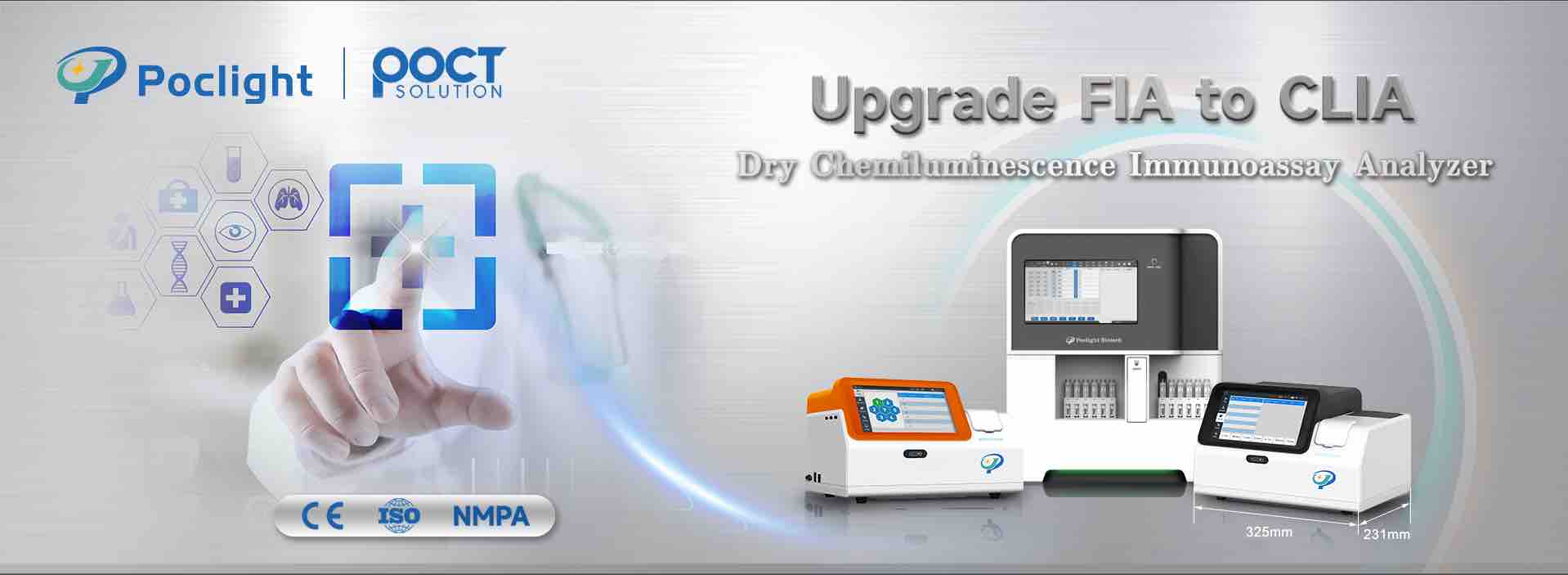 The key to accurate diagnosis of sepsis: targeting early signals
The key to accurate diagnosis of sepsis: targeting early signals
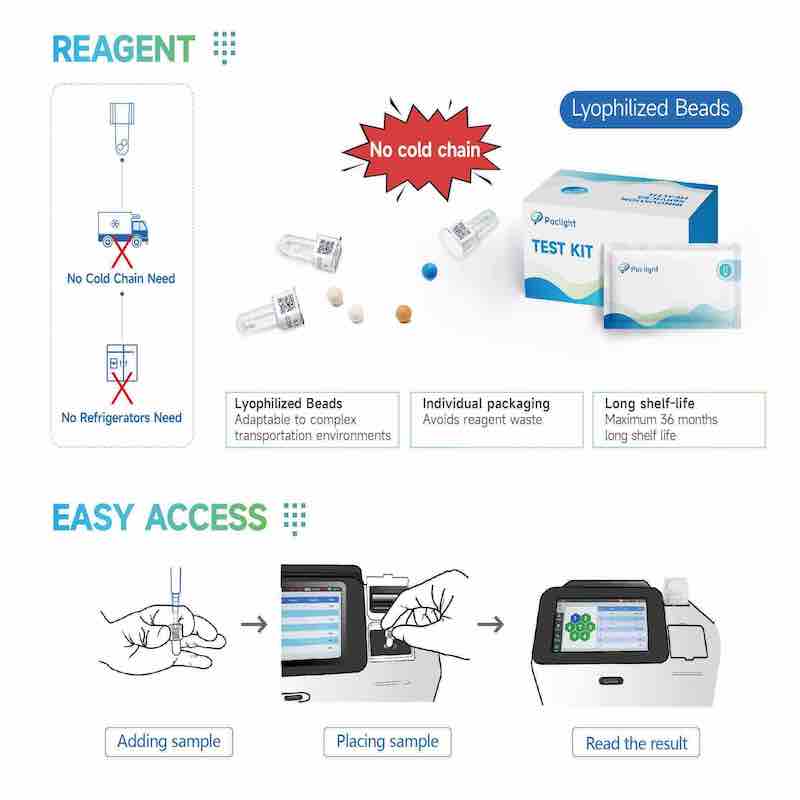 Application of heparin-binding protein detection in respiratory infectious diseases
Application of heparin-binding protein detection in respiratory infectious diseases
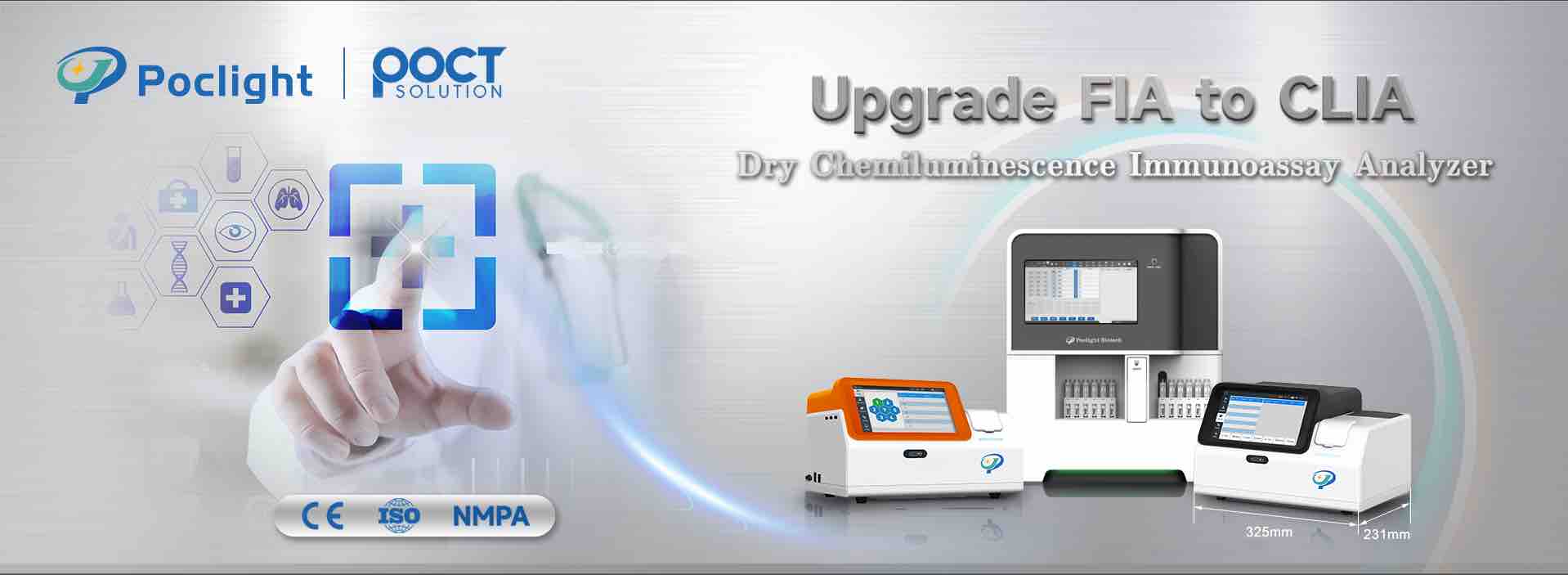 BNP vs NT-proBNP: clinical application and interpretation of cardiac function biomarkers
BNP vs NT-proBNP: clinical application and interpretation of cardiac function biomarkers
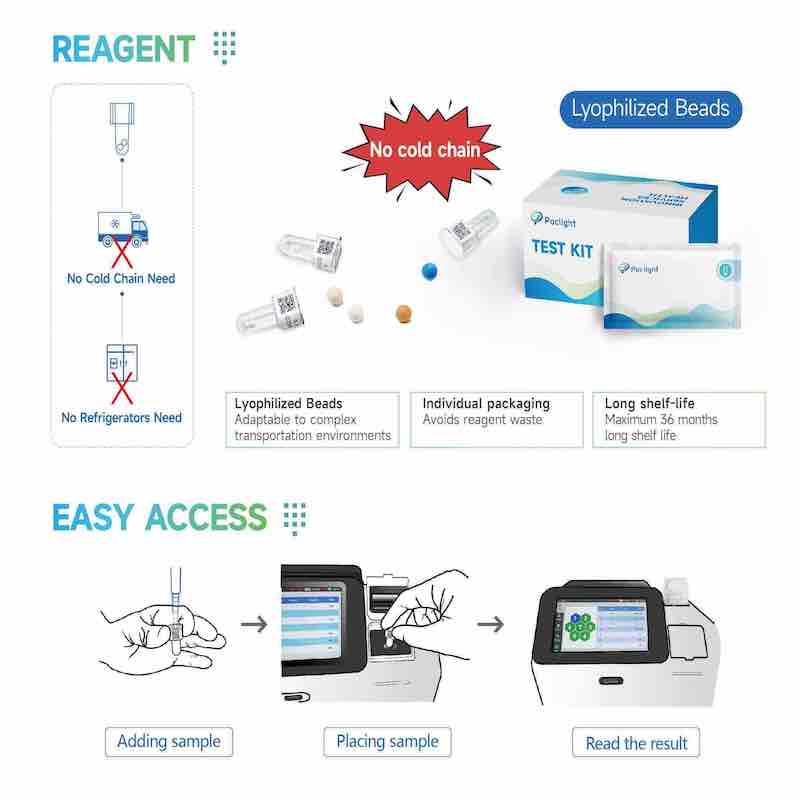 Seminar —— Integrated management of cardiovascular disease
Seminar —— Integrated management of cardiovascular disease
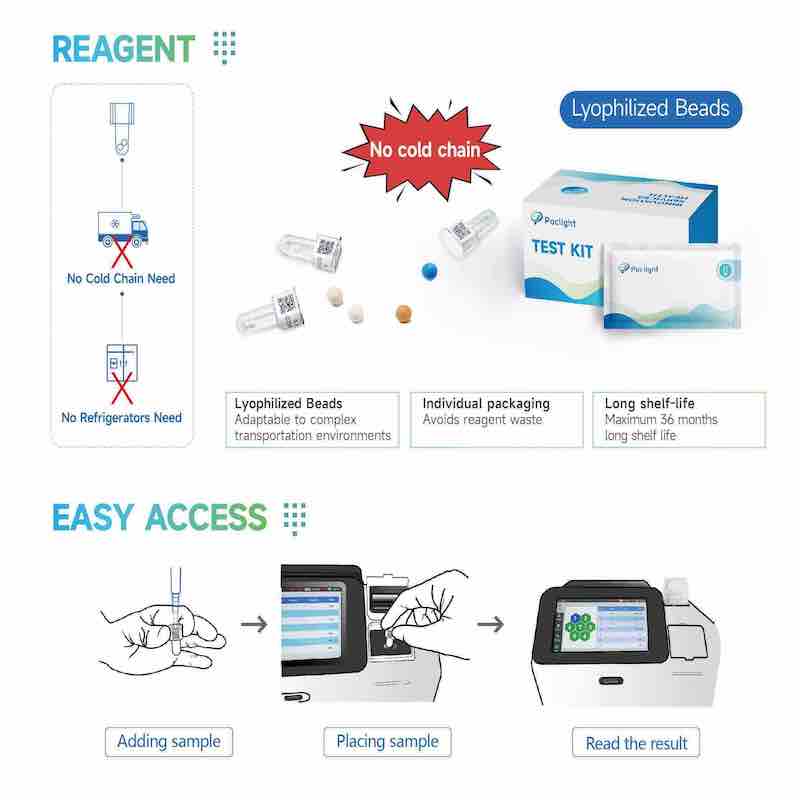 World Stroke Day | "Wind" risk in platelet activation early warning
World Stroke Day | "Wind" risk in platelet activation early warning












